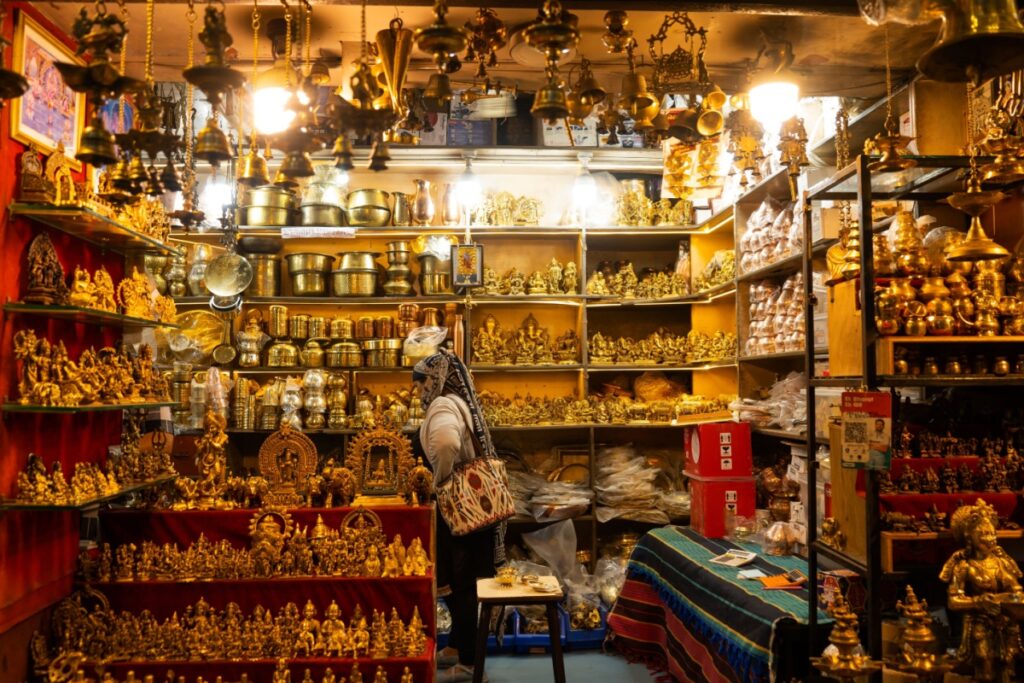In February 2025, Indian Prime Minister Narendra Modi made a high-profile visit to Washington, D.C., aimed at revitalizing relations between the world’s two largest democracies. During talks with President Donald Trump, both leaders pledged to strengthen economic and strategic ties, setting an ambitious goal to double bilateral trade to $500 billion by 2030.
The visit was marked by optimistic statements, with Modi emphasizing that a “landmark trade agreement” could be signed before the year’s end. Washington welcomed India’s offers to lower certain tariffs, expand defense cooperation, and increase energy purchases from U.S. suppliers.
Symbolic gestures—such as joint public appearances and mutual praise—conveyed the image of two leaders ready to usher in a new era of cooperation. At the time, the mood in both capitals suggested that political will existed to overcome longstanding trade disputes, many of which centered on market access and tariffs on goods such as motorcycles, whiskey, and agricultural products.
Rising Tensions: Tariff Threats Shadow Progress
However, optimism began to fade within months. Behind the scenes, negotiations on a comprehensive trade deal stalled over core issues, including India’s high import duties on U.S. agricultural goods, restrictions on certain technology imports, and its continued reliance on Russian oil and defense equipment.
U.S. officials increasingly viewed India’s economic policies as leaning toward protectionism. Meanwhile, American businesses pressed the White House to push for more favorable market access in sectors ranging from pharmaceuticals to renewable energy. While India sought flexibility on energy imports, Washington insisted that New Delhi reduce its dependence on Moscow—a demand complicated by India’s need for affordable crude to fuel its fast-growing economy.
By mid-year, talks had reached a deadlock. Reports indicated that the Trump administration was considering punitive measures to force progress, a tactic consistent with its broader approach to trade disputes with partners such as China, the European Union, and Mexico.
The 50% Tariff Blow: A Cut in Trust
The standoff came to a head on August 6, 2025, when President Trump signed an executive order imposing an additional 25% tariff on Indian goods, effective in 21 days. This surcharge was layered on top of the existing 25% duties, effectively doubling the tariff rate to 50% on a wide range of products.
The White House justified the decision as a direct response to India’s ongoing purchases of Russian oil, arguing that such imports undermined Western sanctions and “financed aggression.” The move marked one of the harshest U.S. trade measures against a strategic partner in recent decades.
India’s Ministry of Commerce called the decision “deeply unfortunate” and “unjustified,” noting that other nations with larger volumes of Russian oil imports faced less severe penalties. Economists warned that the tariffs could hit 55% of India’s total exports to the U.S., particularly in sectors such as pharmaceuticals, textiles, gems, and jewelry.
Exporters’ groups sounded alarms over the potential loss of competitiveness. S. C. Ralhan, president of the Federation of Indian Export Organisations, cautioned that absorbing such costs would be “impossible” for many small and medium-sized businesses already dealing with high shipping expenses and volatile currency exchange rates.
Diplomatic Fallout and an Uncertain Outlook
The tariff escalation threatens to undo years of gradual progress in U.S.–India relations. For Washington, the measure is both an economic lever and a geopolitical signal, underscoring a willingness to pressure even close partners over policy disagreements. For New Delhi, it poses the challenge of balancing strategic autonomy with the economic realities of global trade.
Analysts note that the U.S. continues to view India as a key counterweight to China in the Indo-Pacific, making the rupture all the more significant. However, with tariffs in place, companies in both countries may reconsider supply chain strategies, potentially diverting trade flows to other markets.
In the short term, India is expected to seek diplomatic engagement to reverse or reduce the tariff hike, possibly offering concessions in areas such as agricultural imports or defense procurement. Yet, any resolution will require both sides to bridge their widening trust gap.
For now, the tone of the relationship has shifted from strategic optimism to guarded pragmatism. Whether the two nations can restore momentum toward their $500 billion trade goal remains uncertain—and will likely depend on how effectively they navigate the current standoff without further economic damage.



